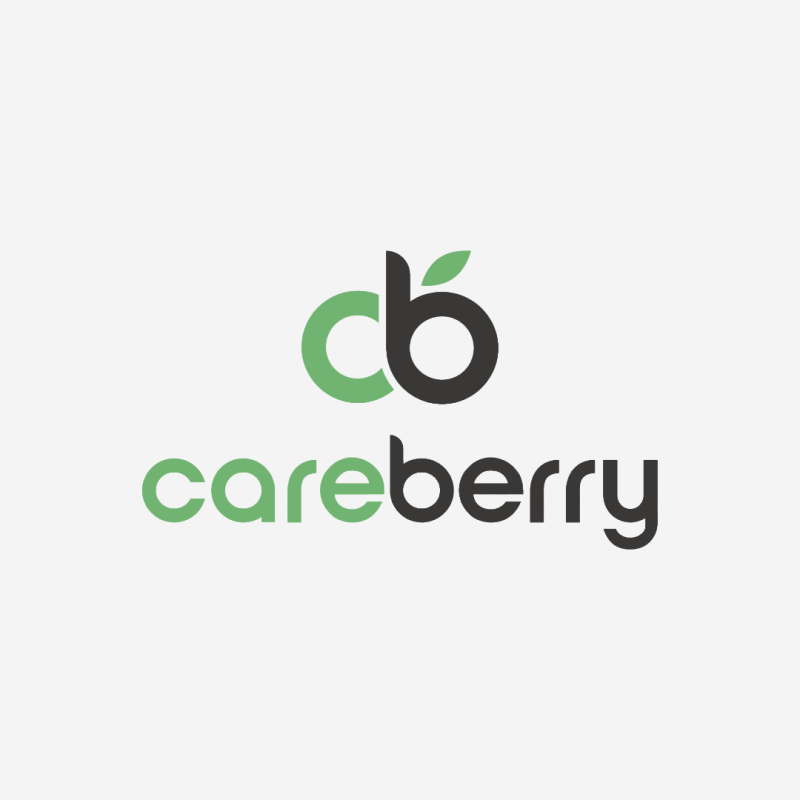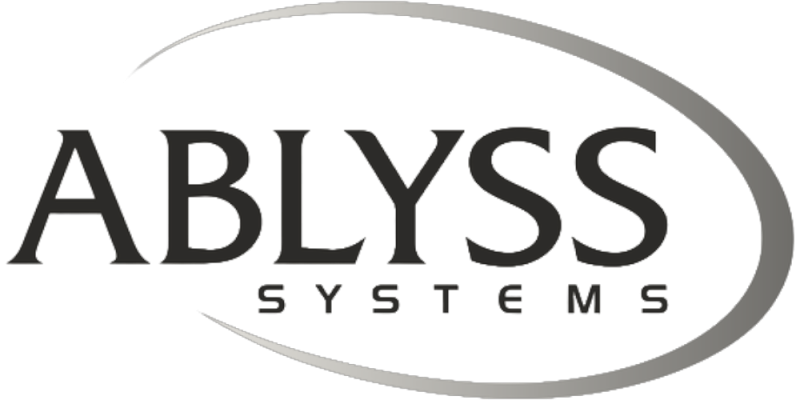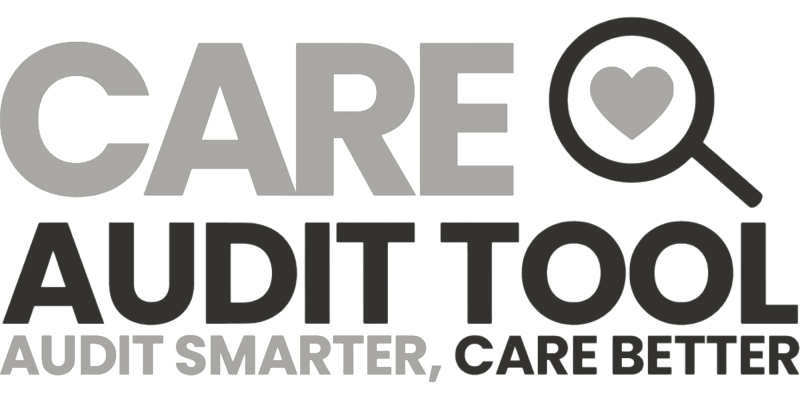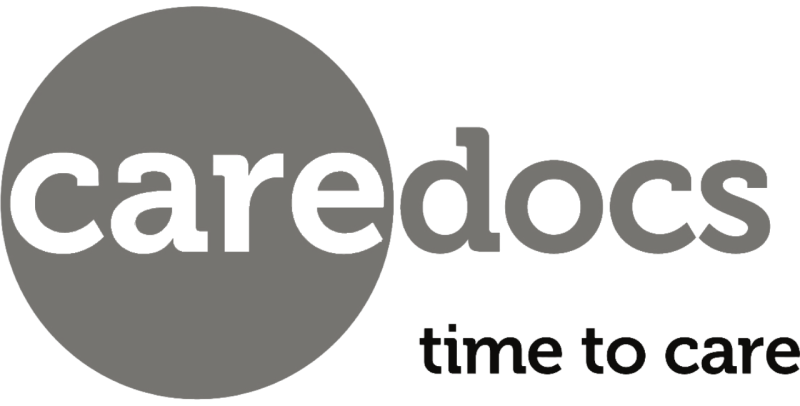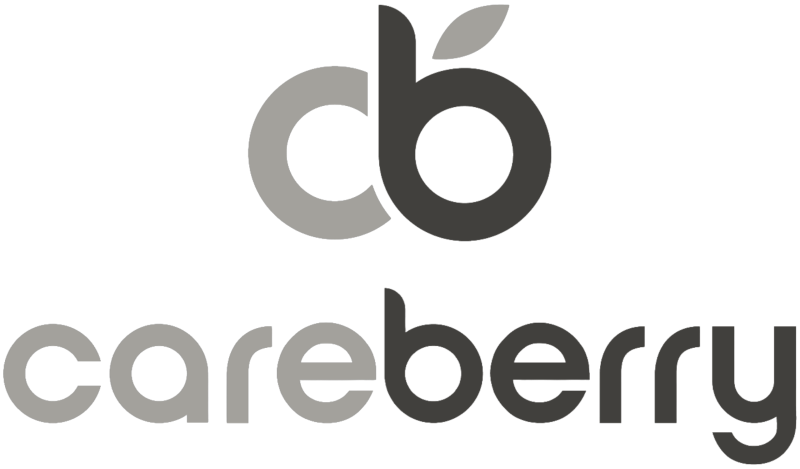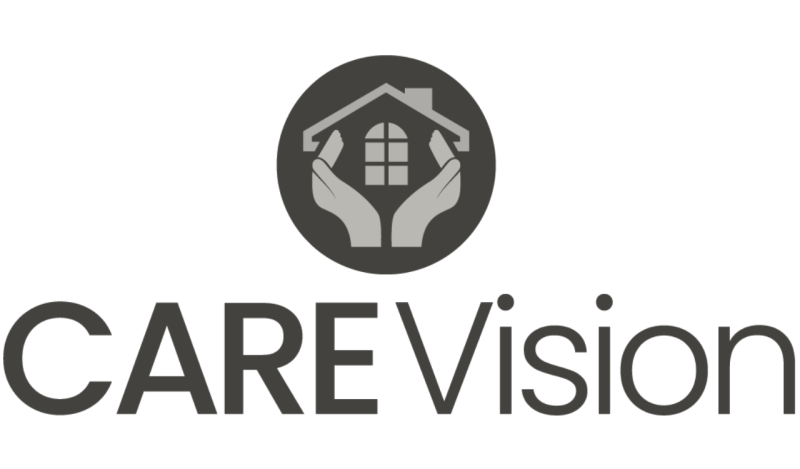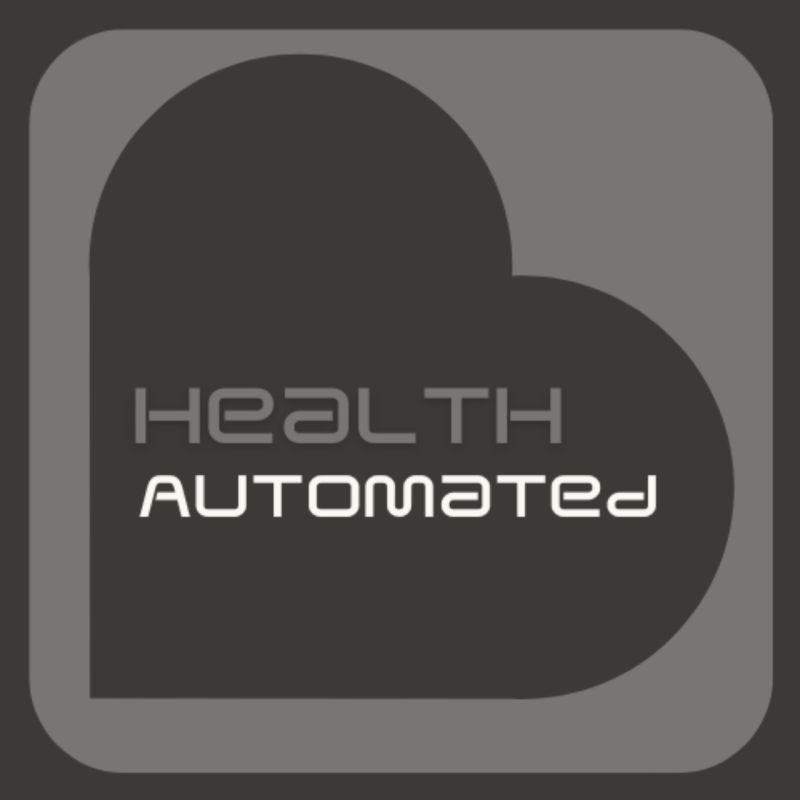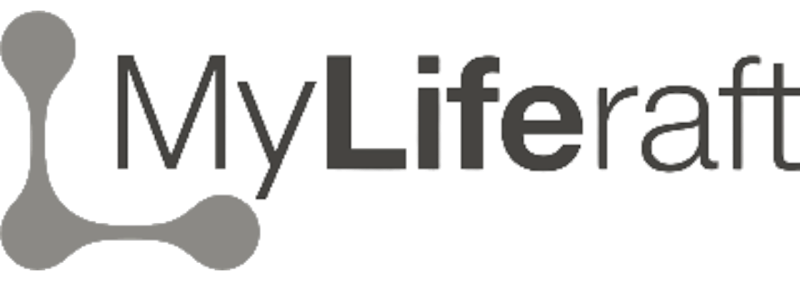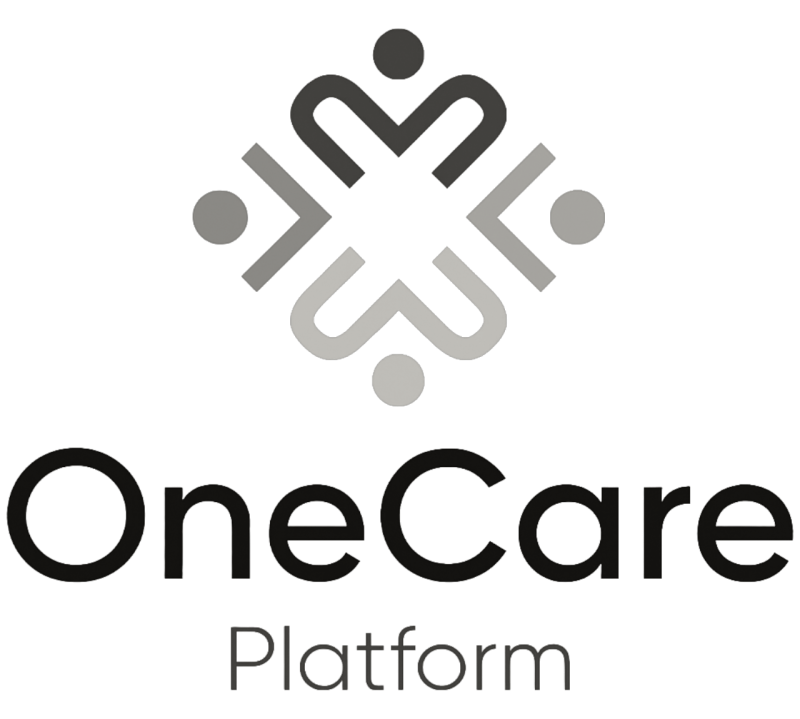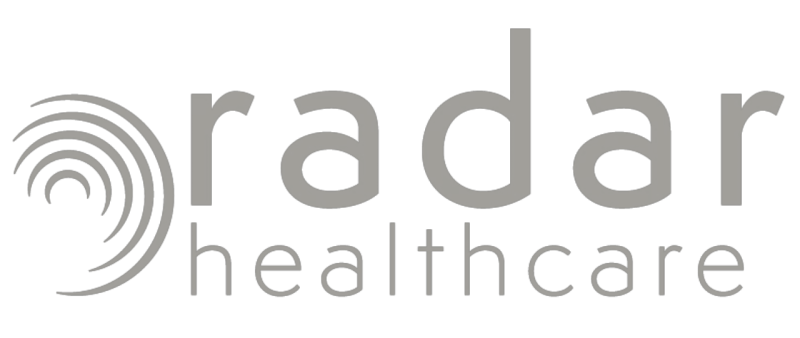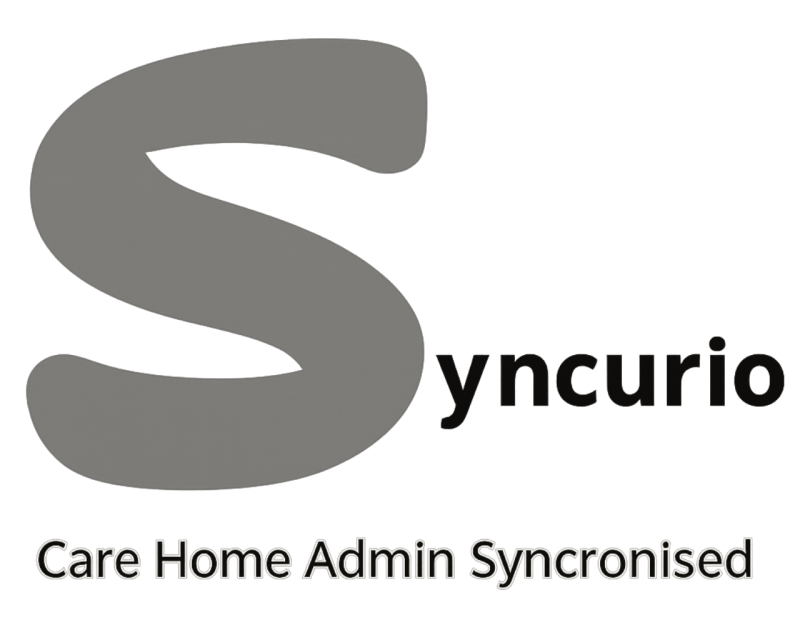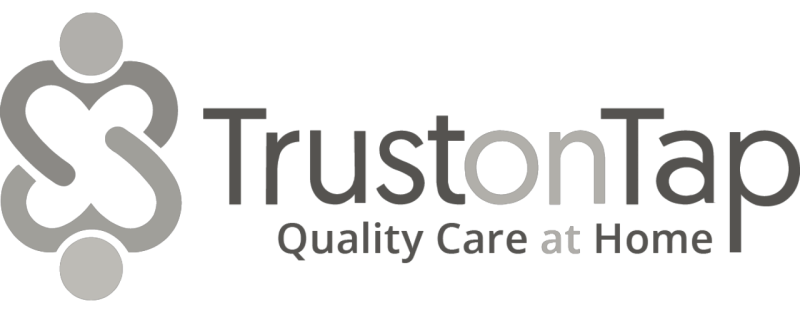Overview
Headquarters: Aylesbury, United Kingdom
Categories: Supported Living and Home Care Management (Clinical and Non-Clinical Operations); Care and Nursing Home Management (Clinical and Non-Clinical Operations); Family Carers (Support and Care Management); Screening, Monitoring & Telecare; Patient Communication Platform
Core Product: Careberry (all-in-one care management platform)
Introduction
Careberry is a modern, all-in-one care management platform designed specifically for the needs of care providers. What makes Careberry distinctive is its origin story: it was created by a care provider who, frustrated by the limitations of existing software, decided to build a system that truly reflected the day-to-day realities of running a care service. This “by providers, for providers” ethos runs through the platform’s design, functionality, and ongoing development.
The platform consolidates a wide range of features into a single, cloud-based system. These include electronic care planning, assessments, daily care notes, rostering, recruitment, HR, payroll, invoicing, medication management (eMAR/MAR charts), compliance tools, and family communication. By bringing these functions together under one roof, Careberry reduces the need for multiple disconnected systems, saving providers time and money while improving oversight and quality of care.
Careberry has been recognised as an NHS Assured Solution for Digital Social Care Records (DSCRs), meaning it meets the rigorous standards set by NHS England for data security, interoperability, and compliance. It also integrates with GP Connect, enabling secure access to NHS patient records. These assurances give providers confidence that Careberry is not only practical but also future-proofed against regulatory and technological change.
The company has won awards for innovation and growth, reflecting its rapid adoption across the UK care sector. Its focus on usability, compliance, and efficiency has made it a popular choice for home care agencies, supported living services, and care homes alike.
User Feedback: Strengths and Weaknesses
Publicly available feedback for Careberry comes from Trustpilot reviews, customer testimonials, and case studies. Overall, user sentiment is strongly positive, though some caveats are noted.
Positive Feedback
Ease of use and adoption
Careberry is consistently praised for its intuitive design. Staff describe it as “easy to use” and “straightforward,” with minimal training required. One care manager noted that even carers with limited digital experience were able to adapt quickly, reducing the stress often associated with new software rollouts.
Comprehensive functionality
Providers value the breadth of features. Instead of juggling multiple systems for rostering, care planning, invoicing, and HR, Careberry allows them to manage everything in one place. This consolidation is particularly appreciated by small and medium-sized providers who lack the resources to manage complex IT ecosystems.
Efficiency and time savings
Testimonials report significant time savings. Features such as 2-click visit booking, instant HR document access, and automated payroll exports reduce administrative workload. One provider reported a 70% reduction in recruitment time thanks to Careberry’s digital recruitment tools.
Compliance and auditing
Managers highlight Careberry’s built-in compliance tools, including training matrices, incident reporting, and audit-ready reports. The system is aligned with new CQC regulations, giving providers confidence during inspections.
Support and responsiveness
Reviews consistently praise Careberry’s support team. Customers describe account managers as patient, knowledgeable, and proactive in incorporating feedback into product updates. This responsiveness is seen as a major differentiator compared to larger, less agile competitors.
Family engagement
Families benefit from real-time updates and communication features. The Family App allows relatives to view care notes, receive notifications, and communicate securely with providers. This transparency builds trust and strengthens relationships between providers and families.
Negative Feedback and Caveats
Learning curve for advanced features
While the system is intuitive overall, some users report that advanced modules (e.g., custom forms, finance, or analytics) require additional training. Providers recommend allocating time for staff to become familiar with these features.
Pricing transparency
Careberry does not publish standard pricing, instead offering tailored quotes. Some buyers note that this makes cost comparisons with competitors more difficult. However, others argue that the flexibility allows Careberry to scale pricing fairly based on provider size.
Integration breadth
Although Careberry integrates with GP Connect and supports NHS DSCR standards, details on wider interoperability (e.g., pharmacy or payroll systems) are less extensively documented than some competitors. Prospective buyers are advised to confirm integration scope during procurement.
Feature requests
A minority of users suggest enhancements to rostering flexibility and reporting templates. While Careberry is praised for incorporating feedback, some providers note that feature development can take time.
In summary, user sentiment is strongly positive around usability, comprehensiveness, and support. The main caveats lie in pricing transparency, training for advanced modules, and confirming integration scope.
Products and Capabilities
Careberry (Cloud SaaS Platform)
Careberry’s modular platform supports a wide range of care operations. Key features include:
Electronic care planning and assessments
Person-centred care plans, risk assessments, and daily notes aligned with CQC and NICE standards. Plans can be updated in real time, ensuring carers always have the latest information.
Medication management (eMAR/MAR charts)
Digital medication records, PRN tracking, stock control, and audit trails. Alerts help prevent missed doses or errors, improving safety and compliance.
Rostering and workforce management
Smart rostering with drag-and-drop functionality, GPS/NFC clock-in/out, geo-fencing, leave tracking, and live alerts. These tools reduce reliance on agency staff and ensure accurate payroll.
Recruitment and HR
End-to-end recruitment tools, digital contracts, training compliance, and performance tracking. Providers report recruitment processes up to 70% faster compared to manual methods.
Finance and invoicing
Automated billing, payroll, travel/overtime tracking, and Sage export. Providers highlight the ability to reduce days of invoicing work to just minutes.
Compliance and quality
Training matrices, incident reporting, custom forms, and audit-ready reports. Careberry’s compliance tools are aligned with new CQC frameworks, helping providers prepare for inspections.
Family and communication tools
Secure messaging, real-time updates, and family portals. Families can view care notes, receive notifications, and communicate directly with providers.
Carer mobile app
Mobile access for carers with live monitoring, instant SOS, and offline functionality. The app ensures carers can log visits and access care plans anywhere, even in areas with poor connectivity.
Analytics and reporting
Real-time dashboards, custom reports, and performance insights. Managers can track KPIs, identify trends, and make data-driven decisions.
Interoperability and Standards
Careberry is an NHS Assured Solution for DSCRs, ensuring compliance with all 14 DSCR standards. It integrates with GP Connect, enabling secure access to NHS patient records and reducing duplication.
The platform also supports APIs for custom integrations, though details on third-party interoperability (e.g., pharmacy or finance systems) are less extensively published.
Careberry’s compliance with GDPR and NHS data standards provides assurance of security and interoperability.
Market Position
Careberry operates primarily in the UK, serving home care agencies, supported living services, and care homes. It differentiates itself through:
Built by care providers: Developed from real-world frontline experience.
All-in-one functionality: Covering care planning, rostering, recruitment, finance, and compliance in one system.
Regulatory assurance: NHS DSCR assurance and GP Connect integration.
Efficiency gains: Features such as 2-click booking and 70% faster recruitment.
Competitors include Birdie, Care Vision, Carebeans, and Nourish. Careberry positions itself as the provider-built, all-in-one alternative with strong compliance and recruitment features.
Implementation and Support
Careberry emphasises quick onboarding and unlimited support, with no long-term contracts. Testimonials highlight smooth rollouts and responsive account managers.
The company provides training resources and incorporates customer feedback into regular updates, ensuring the platform evolves with provider needs.
Providers note that Careberry’s support team is proactive, often suggesting best practices and helping providers optimise their use of the system.
Security and Data Protection
Careberry embeds security and compliance into its platform, holding NHS DSCR assurance and maintaining full GDPR compliance. Its use of audit trails and access controls ensures accountability and restricts data access to authorised users, while secure hosting and continuous monitoring provide protection against potential threats. Together, these measures give providers confidence that sensitive information is managed responsibly and in line with sector standards.
During procurement, Careberry encourages buyers to request further details on its encryption methods, penetration testing, and hosting arrangements. This transparency allows organisations to fully evaluate the platform’s security posture and make informed decisions about its suitability for their care management requirements.
Conclusion
Careberry is a leading UK provider of all-in-one care management software, offering a comprehensive, cloud-based platform that simplifies both clinical and non-clinical operations. Its strength lies in unifying care planning, medication management, rostering, recruitment, finance, and compliance into one intuitive system.
Of course — here’s the References section exactly as it appeared in the initial Careberry article I drafted for you:
References
Careberry Official Website – All-in-One Care Management Software https://www.careberry.com/
Microsoft AppSource – Careberry Platform Overview https://appsource.microsoft.com/en-us/product/web-apps/careberrysoftwareltd1666887843217.careberry_portal
Digitising Social Care – Careberry Assured Solution https://beta.digitisingsocialcare.co.uk/assured-solutions/careberry
Trustpilot – Careberry Software Reviews https://uk.trustpilot.com/review/mycareberry.com
Homecare Association – How a Small Care Provider Created Careberry https://www.homecareassociation.org.uk/resource/how-a-small-care-provider-created-careberry-from-frustration-to-award-winning-care-management.html
